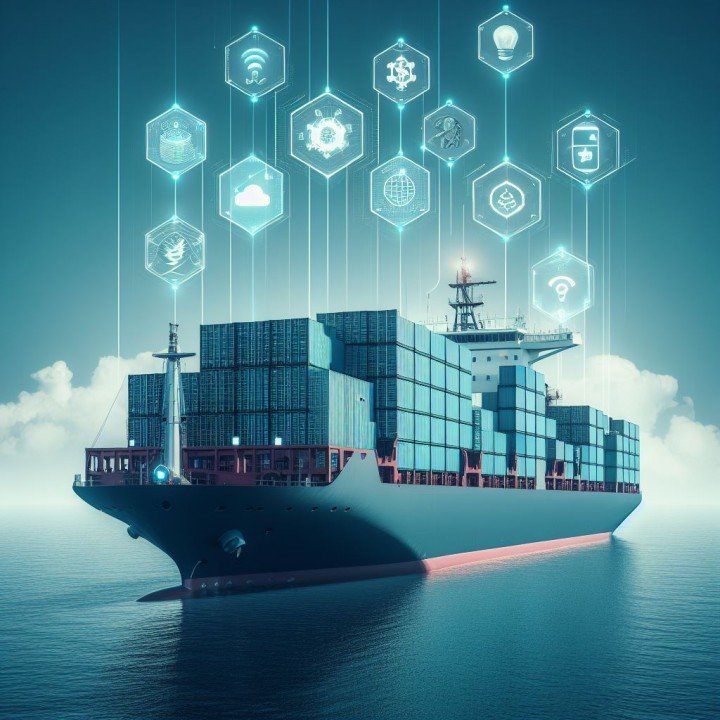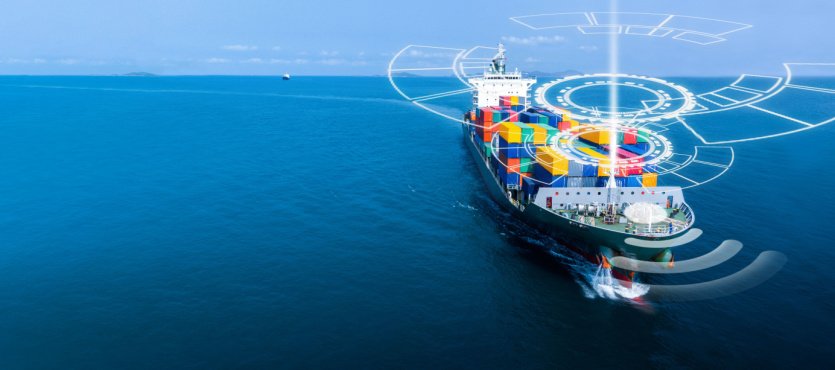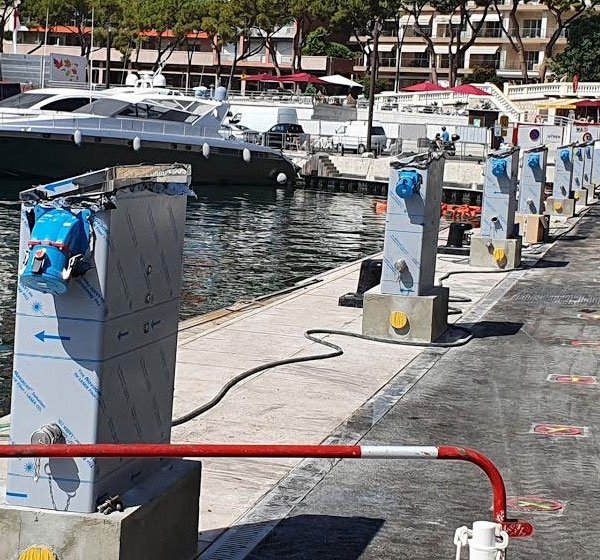
Contents
- Introduction
- Autonomous Shipping
- Green Technologies
- Digitalization and Smart Shipping
- Advanced Materials and Construction
- Cybersecurity in Maritime Operations
- Trends in Maritime Connectivity
- Conclusion
- References
1. Introduction
The maritime industry is experiencing rapid advancements driven by technological innovations. These developments aim to enhance efficiency, safety, and sustainability. This report outlines the latest trends and developments in maritime technology that maritime professionals should be aware of.
2. Autonomous Shipping
Overview
Autonomous shipping, or unmanned vessels, is one of the most significant trends in the maritime industry. These vessels use advanced algorithms, sensors, and artificial intelligence to navigate and operate without human intervention.
Key Developments
- Yara Birkeland: The world’s first fully electric and autonomous container ship, launched by Yara International, aims to reduce emissions and operating costs.
- Mayflower Autonomous Ship: An AI-powered vessel developed by IBM and Promare to undertake transatlantic research missions.
Benefits
- Increased operational efficiency.
- Reduced human error.
- Lower operational costs and emissions.
3. Green Technologies
Overview
Environmental sustainability is a major focus in maritime technology. Innovations aim to reduce the environmental impact of shipping through cleaner fuels, energy-efficient systems, and waste reduction technologies.
Key Developments
- LNG and Hydrogen Fuels: Transitioning to liquefied natural gas (LNG) and hydrogen fuels to reduce carbon emissions.
- Scrubbers: Devices that remove sulfur oxides from ship exhaust gases, helping to meet IMO 2020 regulations.
- Wind-Assisted Propulsion: Using sails or kites to harness wind energy and reduce fuel consumption.
Benefits
- Significant reduction in greenhouse gas emissions.
- Compliance with international environmental regulations.
- Cost savings through energy efficiency.
4. Digitalization and Smart Shipping
Overview
Digitalization involves integrating digital technologies into maritime operations to improve efficiency, safety, and decision-making.
Key Developments
- Internet of Things (IoT): Sensors and connected devices provide real-time data on ship performance, cargo conditions, and environmental factors.
- Blockchain: Enhances transparency and security in supply chain management by providing an immutable ledger for transactions.
- Big Data Analytics: Analyzing vast amounts of data to optimize routing, maintenance, and fuel consumption.
Benefits
- Improved operational efficiency and reduced costs.
- Enhanced safety through predictive maintenance and real-time monitoring.
- Greater transparency and security in supply chain operations.
5. Advanced Materials and Construction
Overview
Innovations in materials and construction techniques aim to enhance the durability, efficiency, and environmental performance of maritime vessels.
Key Developments
- Lightweight Composites: Using advanced composites to reduce the weight of ships, improving fuel efficiency.
- 3D Printing: Allows for the on-demand production of spare parts, reducing downtime and inventory costs.
- Anti-Fouling Coatings: Specialized coatings that prevent biofouling, improving vessel efficiency and reducing maintenance costs.
Benefits
- Improved fuel efficiency and performance.
- Reduced maintenance and operational costs.
- Enhanced durability and lifespan of vessels.
6. Cybersecurity in Maritime Operations
Overview
With increasing digitalization, cybersecurity has become a critical concern in maritime operations. Protecting ship systems and data from cyber threats is essential for safe and efficient operations.
Key Developments
- Integrated Cybersecurity Solutions: Systems like Naval Dome’s Cyber Defense System provide multi-layered protection for ship systems.
- Cyber Awareness Training: Programs designed to educate crew members about cybersecurity threats and best practices.
- Regulatory Frameworks: IMO’s guidelines on maritime cyber risk management set standards for cybersecurity practices in the industry.
Benefits
- Protection against cyber attacks and data breaches.
- Enhanced safety and security of maritime operations.
- Compliance with international cybersecurity regulations.
7. Trends in Maritime Connectivity
Overview
Reliable and high-speed connectivity is essential for modern maritime operations, enabling real-time communication, data exchange, and remote monitoring.
Key Developments
- Satellite Communications: Advancements in satellite technology provide high-speed internet and reliable communication for ships.
- 5G Networks: Implementation of 5G technology in ports and along shipping routes enhances connectivity and data transmission speeds.
- Maritime Broadband: Solutions like Inmarsat’s Fleet Xpress offer high-speed broadband for maritime vessels.
Benefits
- Improved operational efficiency and decision-making.
- Enhanced crew welfare through better communication and internet access.
- Real-time monitoring and remote management of ship systems.
8. Conclusion
The maritime industry is undergoing significant transformation driven by technological advancements. Autonomous shipping, green technologies, digitalization, advanced materials, cybersecurity, and improved connectivity are key trends shaping the future of maritime operations. Staying informed about these developments is crucial for maritime professionals to ensure they remain competitive and compliant with evolving standards.
9. References
- Yara International: Yara Birkeland
- IBM and Promare: Mayflower Autonomous Ship
- IMO 2020 Regulations: IMO
- Inmarsat Fleet Xpress: Inmarsat
- Naval Dome: Cyber Defense System
For further details and in-depth articles on maritime technology trends, visit MaritimeHub.com.



